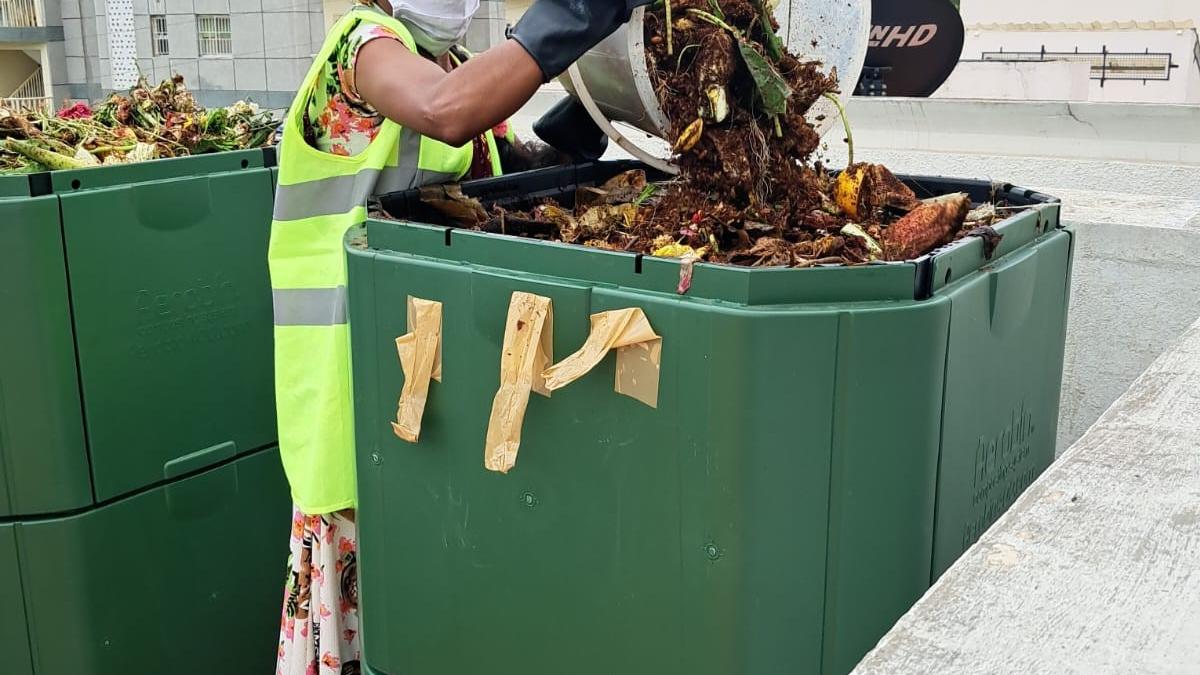
Will the new garbage tax give a push to wet waste composting? Premium
The Hindu
Bengaluru generates an estimated 6,000 Metric Tonnes (MT) of solid waste every day, and almost 2,800 MT is wet waste. The lack of a city-wide, well-structured composting mechanism has meant that a big chunk of the wet waste gets mixed up and eventually ends up in landfills. Can the success stories from many apartment complexes and a recent public-private project involving the Bengaluru Metro Rail Corporation Limited (BMRCL) be replicated and scaled up?
Mountains of muck, those stinky black spots of mixed garbage, are rising across the city again. But even as the Bruhat Bengaluru Mahanagara Palike (BBMP) claims to tackle them with a steep 36% garbage tax, a workable way out remains largely ignored: Wet waste composting. Localised ward-level composting with a multi-stakeholder approach could potentially solve half the problem, and the time is now.
Bengaluru generates an estimated 6,000 Metric Tonnes (MT) of solid waste every day, and almost 2,800 MT is wet waste. The lack of a city-wide, well-structured composting mechanism has meant that a big chunk of the wet waste gets mixed up and eventually ends up in landfills. Can the success stories from many apartment complexes and a recent public-private project involving the Bengaluru Metro Rail Corporation Limited (BMRCL) be replicated and scaled up?
Dubbed as the Solid Waste Management (SWM) user fee, the BBMP’s garbage tax is bound to generate an additional annual revenue of ₹750 crore. The bulk of this money will go for the collection, transport, processing and disposal of waste. But SWM experts ask why the same money can’t instead be used to buy compost bins for all the three million households in the city and tackle the mega problem at source? Part of it, they say, could also build a robust network of ward-level composting centres.
Ideally, hyper local composting with active involvement and monitoring by ward committees should have had a working system by now. But this has been a non-starter without an elected BBMP Council and corporators. The best bet now could be emulating the composting success models, now up and running in many apartments. Big complexes that generate more than 150kgs of wet waste daily are composting through internal converters and using it as manure for gardens.
Big government corporations could show the way too. The Bengaluru Metro Rail Corporation Limited (BMRCL) has launched one such initiative by introducing soil-less, compost-based gardens in the median space between the Namma Metro pillars. The project, a public-private initiative, involves Pelican Kenterra and Wipro Foundation. Instead of soil mined from fertile farmlands and mountains, the method utilises reject compost and garden waste from commercial establishments and residential communities.
Under the PPP project, a trial stretch of 100 metres has been installed by Kenterra near the Manjunath Nagar Metro Station. The medians between five Metro pillars were filled with over 20 MT of compost converted to soil-less gardening material. To fill the trial stretch, about 600 cubic metres of natural compost and garden waste were sourced from the Wipro forest area in Sarjapur. The median space was then planted with ornamental plants. An additional five km of Metro medians will now get the same compost gardening treatment between HSR Layout and Bellandur.
The technology to convert biodegradable waste into soil-less planting material had won the Swachh Technology Challenge. Here’s an explanation by the start-up: “All biodegradable matter, even the toughest of it, coconut shell, will eventually degrade to create a soil-less planting media into which plants can be simply inserted. No soil is required. The technology involves using microbial inoculums for degrading the lingo-cellulolytic matrix of plants and the protein, fat, and carbohydrate matrix of the animal residue into a medium with low electrical conductivity. Plants will grow as in soil in this medium.”

 Run 3 Space | Play Space Running Game
Run 3 Space | Play Space Running Game Traffic Jam 3D | Online Racing Game
Traffic Jam 3D | Online Racing Game Duck Hunt | Play Old Classic Game
Duck Hunt | Play Old Classic Game











